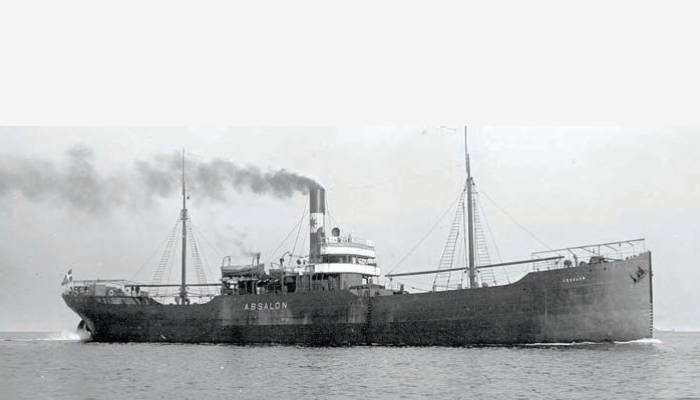
or

In the maritime trade, vessel is the nucleus of the maritime trade to transport cargo from one place to other. The contract which is known as the charter-party A contract of affreightment in writing, by which the owner of a ship or other vessel lets the whole, or a part of her, to a merchant or other person for the conveyance of goods, on a particular voyage, in consideration of the payment of freight.
Like other contracts, charter-party also contains terms and condition defining rights and obligation of the parties. There are various standard forms of the charter-party like GENCON charter-party 1994, NORGAIN 89, OREVOY, issued by the Baltic and International Maritime Council (“BIMCO”) for the carriage of ore. GENCON 94, issued by BIMCO is the widely accepted form of charter-party.
Charter party must contain following terms without any vagueness:
In this type of the charter, the charterer hires the vessel for one or more specified voyages. The ship-owner controls the vessel and provides the equipment and manning and Bill of Lading issued by the master under the authority of the Owner;
It is hired for the definite time period by the charterer. The ship-owner maintains control of the ship and the employees on board the ship. He is paid a “Hire” which is calculated on a daily basis and is usually payable in advance.
The demise charter-party is also known as bareboat party. In this type of charter-party, for the duration of the charter the ship owner passes possession and control of ship to the charterer and he is no longer responsible for equipping the ship or employing the crew or insuring the vessel as in a voyage or time charter-party.
Extreme care must be exercised in covering all features of the charter-party. Each word must be evaluated and considered. In addition, the following general categories must be reviewed by the interested party:
Each charter party brings with it a separate set of obligations and rights, with some favouring owners and others the charterer. The relative strength of these two players in the negotiating tussle will determine on whose shoulders more of the burden will fall.
It is said that vessel earn when she sails and become liability when stand idle. In majority of cases, it is not possible to load or discharge the cargo within stipulated time i.e. allowed laytime due to the reasons both within and beyond the reasonable control of the parties like unavailability of berth, unavailability of cargo, malfunctioning of equipment or issue arising of letter of credit, bad weather, closure of port due to orders of the authority etc. and here devil known as demurrage creates disharmony and cause disputes between the parties which blame other party for it and consequently wants to pay for it and if don’t agree then it leads to the expensive arbitration and here a well though drafting of the charter-party decides the fate of the winning and losing party and therefore a slight mistake and casual approach may lead party to a big loss in the form of demurrage and cost of litigations. And that is why charter party must be drafted carefully to tame devil known as demurrage.
Pradeep K Jain is the Managing Partner at Singhania & Co., Mumbai Office, and an expert in Maritime and Corporate Law.
Nalini Mishra - Senior Associate

Lex Witness Bureau

Lex Witness Bureau

Lex Witness Bureau

For over 10 years, since its inception in 2009 as a monthly, Lex Witness has become India’s most credible platform for the legal luminaries to opine, comment and share their views. more...
Connect Us:


The Grand Masters - A Corporate Counsel Legal Best Practices Summit Series
www.grandmasters.in | 8 Years & Counting
The Real Estate & Construction Legal Summit
www.rcls.in | 8 Years & Counting
The Information Technology Legal Summit
www.itlegalsummit.com | 8 Years & Counting
The Banking & Finance Legal Summit
www.bfls.in | 8 Years & Counting
The Media, Advertising and Entertainment Legal Summit
www.maels.in | 8 Years & Counting
The Pharma Legal & Compliance Summit
www.plcs.co.in | 8 Years & Counting
We at Lex Witness strategically assist firms in reaching out to the relevant audience sets through various knowledge sharing initiatives. Here are some more info decks for you to know us better.
Copyright © 2020 Lex Witness - India's 1st Magazine on Legal & Corporate Affairs Rights of Admission Reserved